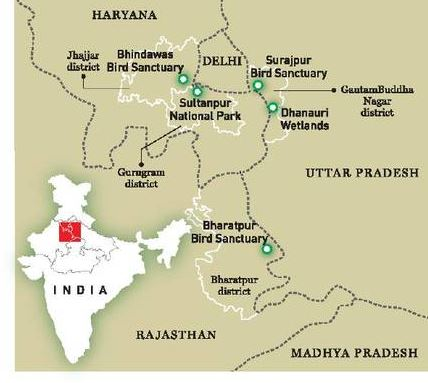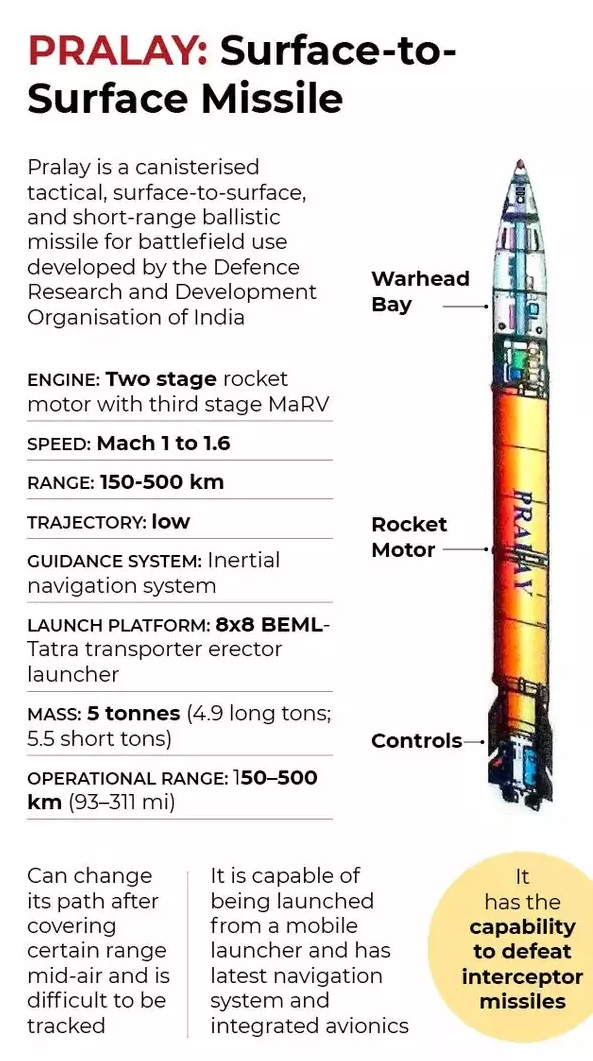Art and Culture
A new study says Iron Age began hundreds of years earlier – in Tamil Nadu - Indian Express
In an announcement that challenges long-held assumptions about the origins of the Iron Age, a new study has found evidence that the use of iron in the area that is now Tamil Nadu dates back to the first quarter of the 4th millennium BCE.
Iron Age in India
- Timeline: Traditionally dated between 1500–2000 BCE.
- Beginning: Recent finds in Tamil Nadu suggest it began as early as 3345 BCE.
- Technological Advancements:
- Marked a leap in metallurgy after the Copper-Bronze Age.
- Iron smelting required high-temperature furnaces (~1534°C).
- Archaeological Evidence:
- North India: Associated with Painted Grey Ware (PGW) cultures (e.g., Hastinapur, Kausambi).
- Central India & Deccan: Iron-bearing Black and Red Ware (BRW) layers found at Nagda, Eran, Prakash.
- South India: Iron artefacts emerged during the transition from Neolithic to Megalithic phases.
- Agriculture: Iron axes and ploughs enabled large-scale forest clearance, boosting agriculture.
- Urbanization: Contributed to the “Second Urbanization” in the Ganga valley (800–500 BCE).
- Impact:
- Iron spurred agricultural expansion, urban growth, and rising socio-economic stratification.
- Emergence of chiefdoms, states, and active trading networks, culminating in the Mauryan Empire’s unification.
- Legacy: Underpinned India’s shift to extensive agrarian economies and urban centers.
About the Study
- Report ‘Antiquity of Iron: Recent Radiometric Dates from Tamil Nadu’ shows iron technology dates back to 3345 BCE.
- Methods: Findings rely on Accelerator Mass Spectrometry (AMS) and Optically Stimulated Luminescence (OSL).
- Archaeological Sites Studied
- Sivagalai: Charcoal and potsherds indicate iron use between 2953–3345 BCE; a paddy sample dates to 1155 BCE.
- Mayiladumparai: Iron samples dated to 2172 BCE.
- Kilnamandi: Sarcophagus burial from 1692 BCE, earliest in Tamil Nadu.
- Early Smelted Iron: Mid-3rd millennium BCE evidence showcases high technological expertise.
- Cultural Parallels: Suggests Copper Age in North India and Iron Age in South India ran contemporaneously, reflecting distinct cultural paths.
- Advanced Iron-Smelting Techniques
- Kodumanal: Circular furnaces reaching ~1,300°C, enabling sponge iron production.
- Chettipalayam & Perungalur: Revealed other innovative smelting methods.
Significance of the Study
- Revised Timeline: New data from TN pushes India’s Iron Age back from 1500–2000 BCE to as early as 3345 BCE.
- Global Implications: Traditionally, the Iron Age is traced to the Hittite Empire around 1300 BCE, but Tamil Nadu’s discoveries challenge that.
- Turning Point: Reshape the history of India’s Iron Age and highlight Tamil Nadu’s pivotal role in global metallurgical innovation.
Geography
Indian National Centre for Ocean Information Services (INCOIS), Hyderabad, selected for Subhash Chandra Bose Aapda Prabandhan Puraskar-2025 - PIB
The Indian National Centre for Ocean Information Services (INCOIS) has been selected for the Subhash Chandra Bose Aapda Prabandhan Puraskar-2025, in the Institutional Category, for its excellent work in Disaster Management.
Subhash Chandra Bose Aapda Prabandhan Puraskar
- Purpose: To recognise and honour contributions in disaster management.
- Announcment: Annually on January 23, Bose’s birth anniversary.
Eligibility:
- Open to Indian nationals and Indian institutions.
- Notable work in disaster prevention, mitigation, preparedness, rescue, response, relief, rehabilitation, research/innovation, or early warning.
Award:
- Institutions: Certificate + ₹51 lakh, to be used exclusively for disaster management activities.
- Individuals: Certificate + ₹5 lakh.
World Affairs
US begins deportations: how many Indians could be impacted? - Indian Express
In his first meeting with Indian External Affairs Minister in Washington DC, newly appointed US Secretary of State raised the issue of “irregular immigration”. If the Trump administration moves on deportations, among the first affected could be the 20,407 “undocumented” Indians, as of November 2024.
How Deportation Works in the U.S.
- Deportation: Removal of non-citizens from the U.S. for violating immigration laws, engaging in criminal activity, or posing a public safety threat.
- Process:
- Detention: Non-citizens can be held in detention centers before trial or deportation.
- Expedited Removal:
- Applies to recent entrants without proper travel documents or with forged documents.
- Created by the 1996 Illegal Immigration Reform and Immigrant Responsibility Act.
- Allows the Department of Homeland Security to remove inadmissible arrivals at ports of entry without further review.
- Indian Nationals: Many facing deportation were caught at or near ports of entry or shortly after arriving without meeting entry requirements.
Appeal Against Deportation
- Asylum Exemption: If a non-citizen expresses intent to seek asylum or fears persecution in the destination country, they can undergo review.
- Credible Fear Process: Individuals asserting a credible fear of persecution are placed in formal removal proceedings rather than expedited removal.
Cost of Deportation
- Voluntary Departure: A non-citizen may leave the U.S. at their own expense before formal deportation.
ICE Air Operations (IAO):
- Handles the transfer and removal of non-citizens.
- Oversees special high-risk charters for individuals subject to final removal orders.
- Operates from bases in Arizona, Texas, Louisiana, and Florida.
Rise in Deportations from the U.S. to India
- Top deportations: Honduras, Mexico, Guatemala, and El Salvador, India ranks higher than China and is close to Brazil.
- Yearly Figures:
- 2019: 1,616 Indians deported
- 2020: 2,312 Indians deported
- 2021–2023 (post-COVID, Biden years): Marked dip (292, 276, 370)
- 2024: Rose significantly to 1,529
- Comparisons: 517 Chinese and 1,859 Brazilians deported in 2024.
Economy
NITI Aayog launches the “Fiscal Health Index 2025” in New Delhi - PIB
The Hon’ble Chairman of the 16th Finance Commission, Dr. Arvind Panagariya, launched the inaugural issue of NITI Aayog’s report titled “Fiscal Health Index (FHI) 2025” recently.
Fiscal Health Index (FHI)
- Purpose: To systematically evaluate the fiscal performance of 18 major Indian states.
- Focus Areas: Transparency, revenue mobilization, and sustainable public financial management.
Five Sub-Indices:
- Quality of Expenditure
- Revenue Mobilization
- Fiscal Prudence
- Debt Index
- Debt Sustainability
Utility:
- Offers a comprehensive view of state finances.
- Helps policymakers pinpoint areas needing improvement.
- Encourages best practices in fiscal management across states.
Key Highlights from FHI Report 2025 (FY 2022–23)
Top Performers
- Odisha (Score: 67.8): Low fiscal deficit, effective capital expenditure.
- Chhattisgarh: Robust revenue from mining activities.
- Goa: High Revenue Mobilization via efficient taxation and non-tax revenue.
Aspirational States: Punjab, Kerala, West Bengal - Struggling with debt sustainability and revenue mobilization, indicating need for fiscal reforms.
Sub-Index Insights
- Quality of Expenditure
- High Spending on Social Sectors: MP, Chhattisgarh (health, education).
- Low Capital Expenditure: Punjab, Rajasthan (long-term developmental impact).
- Revenue Mobilization
- Top States: Odisha, Goa, Chhattisgarh (non-tax revenues from mining, industries).
- Challenges: Bihar, West Bengal (low own-tax revenue, high reliance on central transfers).
- Fiscal Prudence
- Stable Deficits: Odisha, Jharkhand (lower fiscal deficits, more funds for development).
- Persistent Revenue Deficits: Kerala, Andhra Pradesh (fiscal stability concerns).
- Debt Index
- Robust Debt Management: Maharashtra, Gujarat (low debt-to-GSDP ratios).
- Rising Debt Burdens: Punjab, Haryana (high interest payments).
- Debt Sustainability
- Sustainable Growth: Odisha, Chhattisgarh (economic expansion exceeds interest payment growth).
- Fiscal Stress: West Bengal, Punjab (persistent deficits leading to higher debt pressure).
Challenges & Recommendations
- Revenue Diversification: Expand non-tax revenue sources and improve tax compliance.
- Capital Expenditure Focus: Invest in infrastructure, health, and education for sustained growth.
- Debt Management: Implement a robust debt sustainability framework to lessen fiscal stress.
- Transparency: Strengthen reporting mechanisms and fiscal responsibility norms to enhance accountability and public trust.
Environment
NGT seeks answers from UP Govt on delay in notification of Dhanauri Wetland near Jewar airport - Indian Express
The principal bench of the National Green Tribunal (NGT) on Wednesday directed the Uttar Pradesh government to place on record in four weeks the status of notifying the Dhanauri water body near Jewar airport as a wetland. It also sought to know why the state’s forest department had sought three months’ time for the issue when it had already decided to declare the site as a wetland.
Dhanauri Wetland
- Location: Greater Noida, Gautam Buddha Nagar district, Uttar Pradesh
- Geography: Near the Okhla bird sanctuary and Surajpur wetland
- Ecology:Dominated by marshes, providing vital habitat for the Vulnerable Sarus Crane (Antigone antigone)
- Importance: Recognized as an Important Bird Area by BirdLife International
- Avian Diversity: Common teal, Mallard, Northern Pintail, Greylag geese, Bar-headed geese, Woolly-necked Stork, Black-necked Stork, Painted Stork, and Eurasian marsh harrier

Sarus Crane (Antigone antigone)
- World’s tallest flying bird
- Three subspecies globally: Indian, Eastern, and Australian Sarus Crane
- Indian subspecies is the heaviest and tallest among them
- Listed as ‘Vulnerable’ on the IUCN Red List
Defence
Pralay, India’s first quasi-ballistic missile, to be showcased at Republic Day parade - The Hindu
The Defence Research and Development Organisation (DRDO) is set to showcase “Pralay”, an indigenous short-range quasi-ballistic missile, at the Republic Day parade in New Delhi on Sunday.
Pralay Missile

- About: Indigenously developed short-range, quasi-ballistic surface-to- surface missile by DRDO.
- Basis: Prithvi Defence Vehicle from the Indian Ballistic Missile Programme.
- Deployment: Along the LAC and LoC.
- Propulsion: Solid-propellant rocket motor.
- Range: 150-500 km; launched from a mobile launcher.
- Payload: 500-1,000 kg; capable of carrying conventional warheads.
- Accuracy: A Circular Error Probable (CEP) of less than 10 meters.
- Targeting: Engages radar installations, command centers, and airstrips.
- Maneuverability: Can alter its path mid-air.